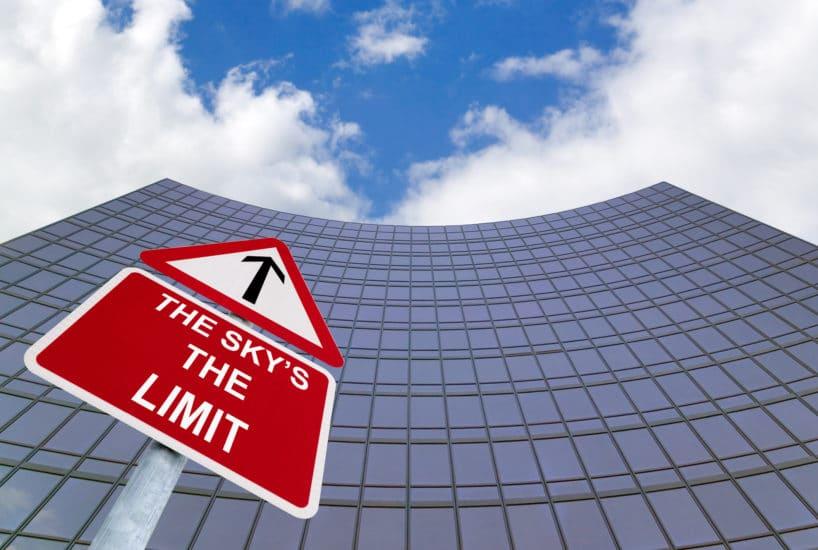UAM Community Advocates for Continued Support from US Government

Urban air mobility (UAM) is on the minds of many in the aviation community these days. And, it seems, U.S. government officials have also taken note of the enormous opportunities UAM offers the nation and the world.
In a recent letter, signed by 10 leading aerospace organizations, the groups applauded the government’s recent actions in Policy Memorandum M-19-25, the “Fiscal Year 2021 Administration Research and Development Budget Priorities.” The letter, in part, includes a priority for the research and development for eVTOLs.
The missive addressed to the Chief Technology Officer of the United States, the Acting Director of the Office of Management and Budget, and the Director of the Office of Science and Technology Policy in the Executive Office of the President, and signed by the Aerospace Industries Association, the American Composites Manufacturers Association, the American Institute of Aeronautics and Astronautics, the Association for Unmanned Vehicles Systems International, the Community Air Mobility Initiative, the Commercial Drone Alliance, the National Air Transportation Association, the Vertical Flight Society, the National Business Aviation Association, and the General Aviation Manufacturers Association outlines where they believe those funds should be focused.
The group noted that the Vertical Flight Society reports more than 200 different eVTOL aircraft designs are in development and NEXA Advisors notes that, by 2040, UAM will generate direct income of US$318 billion and indirect income of US$600 billion.
To ensure the U.S. remains competitive and an industry leader, the organizations urge US government departments and agencies to focus on research, such as NASA’s UAM Grand Challenge and MITRE’s airspace integration work. Government support for the development of industry standards as well as FAA evolving certifications, along with the development of a properly educated, trained, and credentialed workforce will all advance the next aviation revolution to benefit everyone.
This collaborative product came together as a result of coordinating efforts kicked off at the VFS Workshop on eVTOL Defining Challenges. The Vertical Flight Society is working with these and other groups to advance vertical flight and support what they have dubbed, “The Electric VTOL Revolution.”


